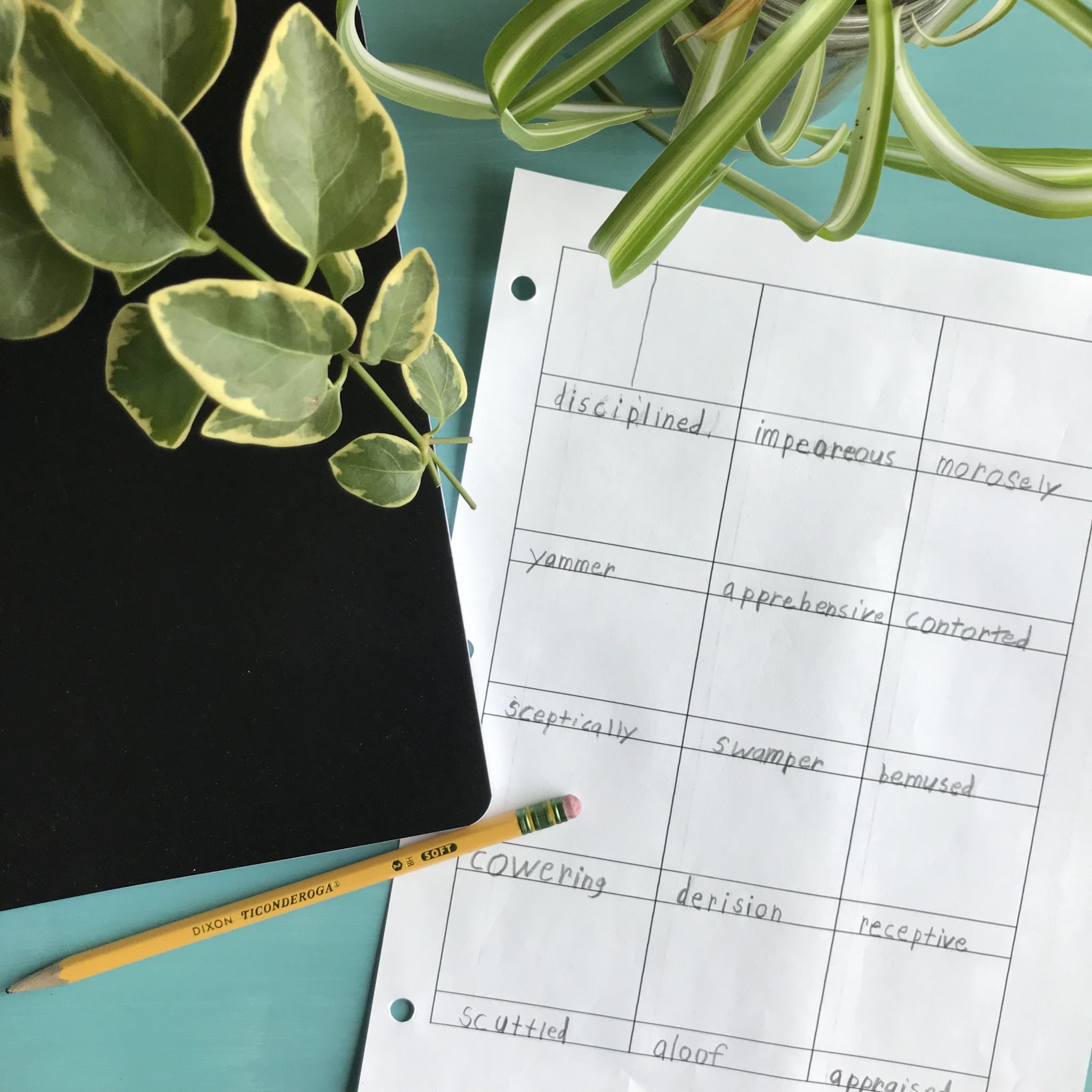I love talking about homeschool. I really love talking about how we homeschool using the specific goals of each child. I really, really love talking about the vocabulary building program we have developed over the last couple of years. When we first started homeschool, it was important to me that the boys learn where they are.
Spelling tests were an easy way to do this. Instead of following along with a spelling curriculum or using a list provided online that matched the correct grade level, I built tests based on words that were misspelled during writing assignments. Rylee was always a strong speller so if there weren’t enough, then I would give him the online spelling tests and build his lessons from his errors. This way, he never spent time studying material he already knew. This was my gateway into creating a vocabulary building program based on individual needs.
In this article, I will cover a step by step explanation on how this works. Later, I will provide some ideas on how we practice using vocabulary words and how we learn together.
Step 1: Identify Vocabulary Words that Your Child Doesn’t Know
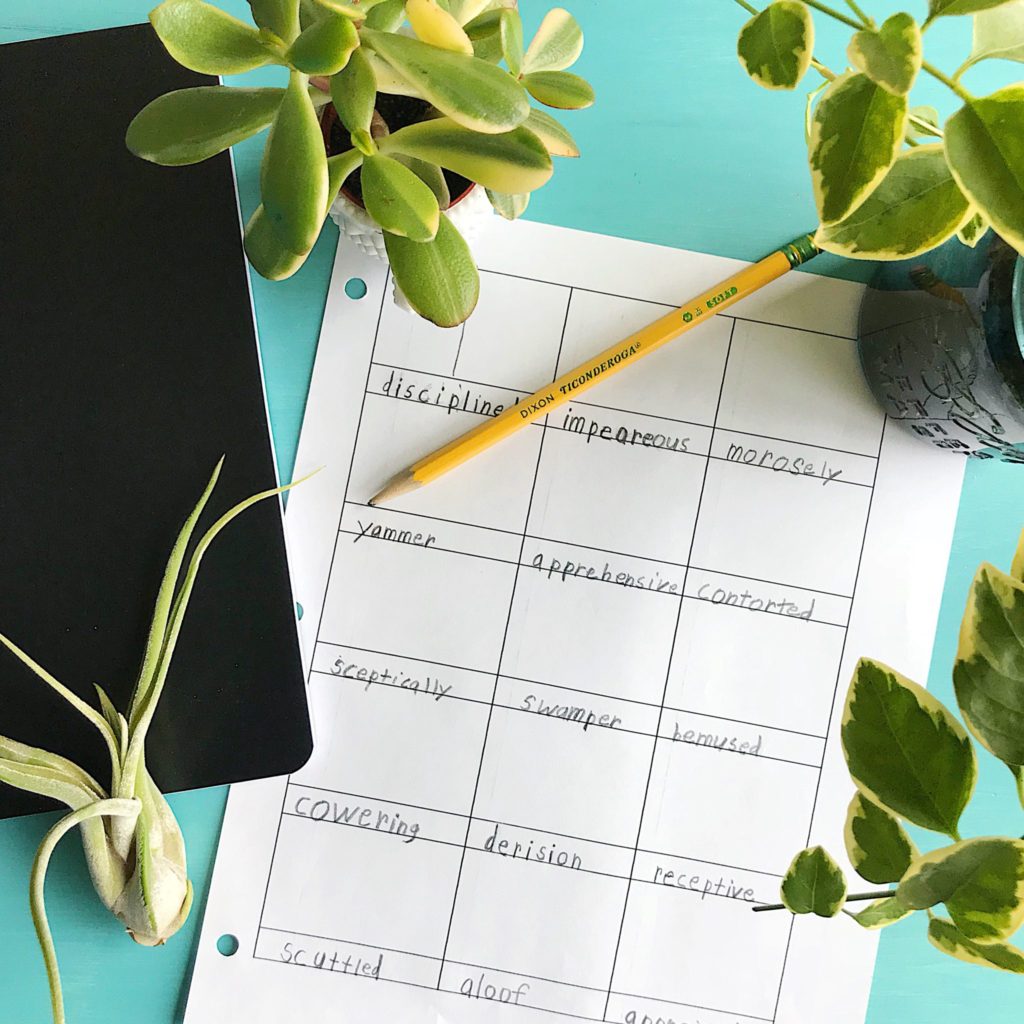
-There are several ways to go about finding out where your child is with their vocabulary and what they need to work on. I like to start by building a list of 10 words. Here are some ideas on how to build this list:
-Ask your child if there are any words that they don’t understand the meaning of. This can be a challenge because sometimes we think we know the meaning of something, only to find out that we are wrong. They may or may not have answers for you.
-I like to use grade level vocabulary lists such as this one. I ask the child to tell me the meaning of each word. If they get one wrong, it gets added to the list.
-Look through the books your child is reading for fun. Make a list of words that you think might be a struggle for them and quiz them to see if they know the meaning of these words. Add incorrect words to your list.
-Keep a vocabulary page out during lessons. Encourage children to add words to the page that they don’t understand while you are learning new things.
-Keep a vocabulary page out during documentaries or other educational television time. Encourage children to add words to the page that they don’t understand.
Step 2: Print the Free Vocabulary Dictionary Pages
Click on this link to download our free vocabulary dictionary pages. I give each child several copies of these to put in their binder. I will explain how they work in the next session.
Step 3: Introduce the Meaning of the Vocabulary Words
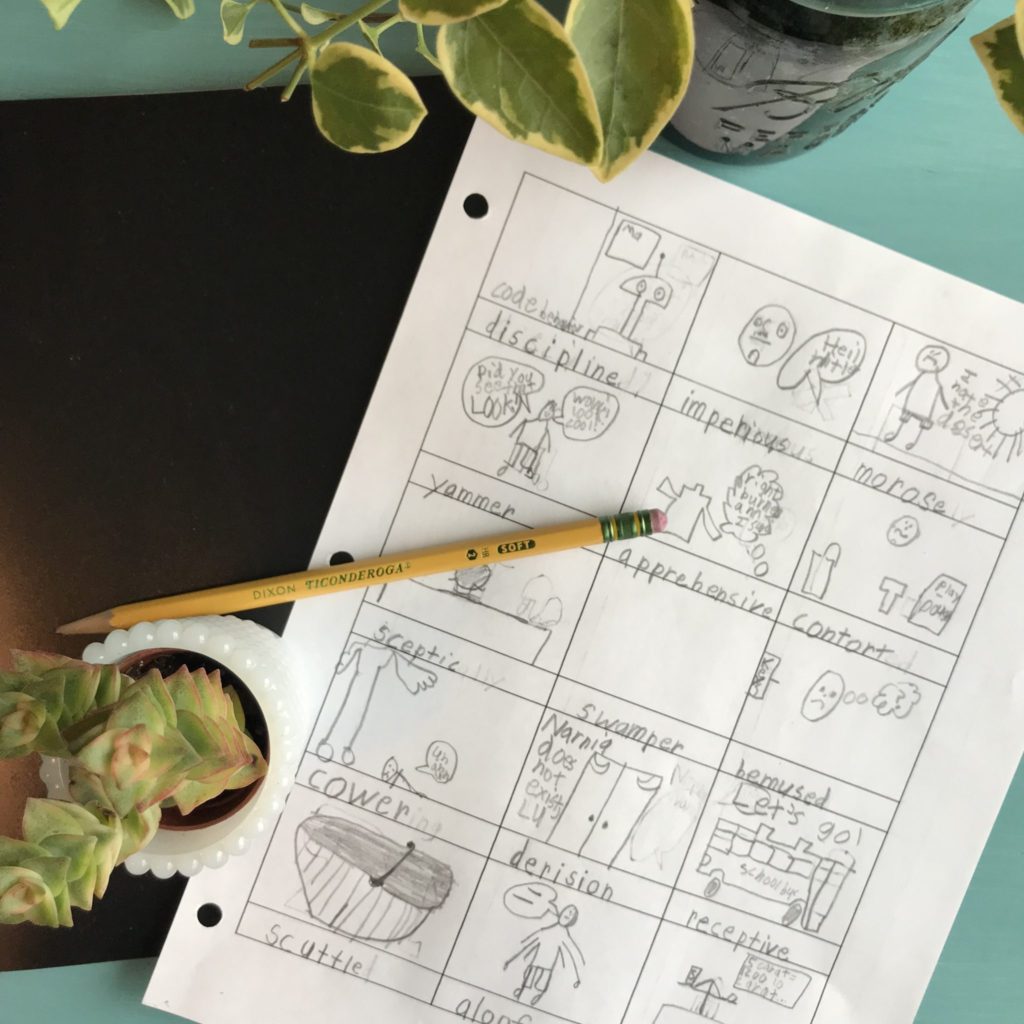
Once we have our list, this is where I come in. This part takes a little bit of time and planning on my part. Sometimes, I don’t know the meaning of the words on their list. Sometimes, I discover that some of the words on their list are made up sci-fi terms from their fiction books. Sometimes, the list is easy and I don’t have a lot of work to do at all.
I go over each word on the list. After I give the meaning of each word and use it in a sentence, I give them time to draw a picture for that word on their vocabulary page. Each vocabulary word gets a box for a picture.
Step 4: Option to Color
When the lesson is finished, everyone has the option to color their vocabulary pages. I don’t required this now. Later, if they are unable to tell me the meaning of a word, they will be required to color that space. At this point, coloring is an option.
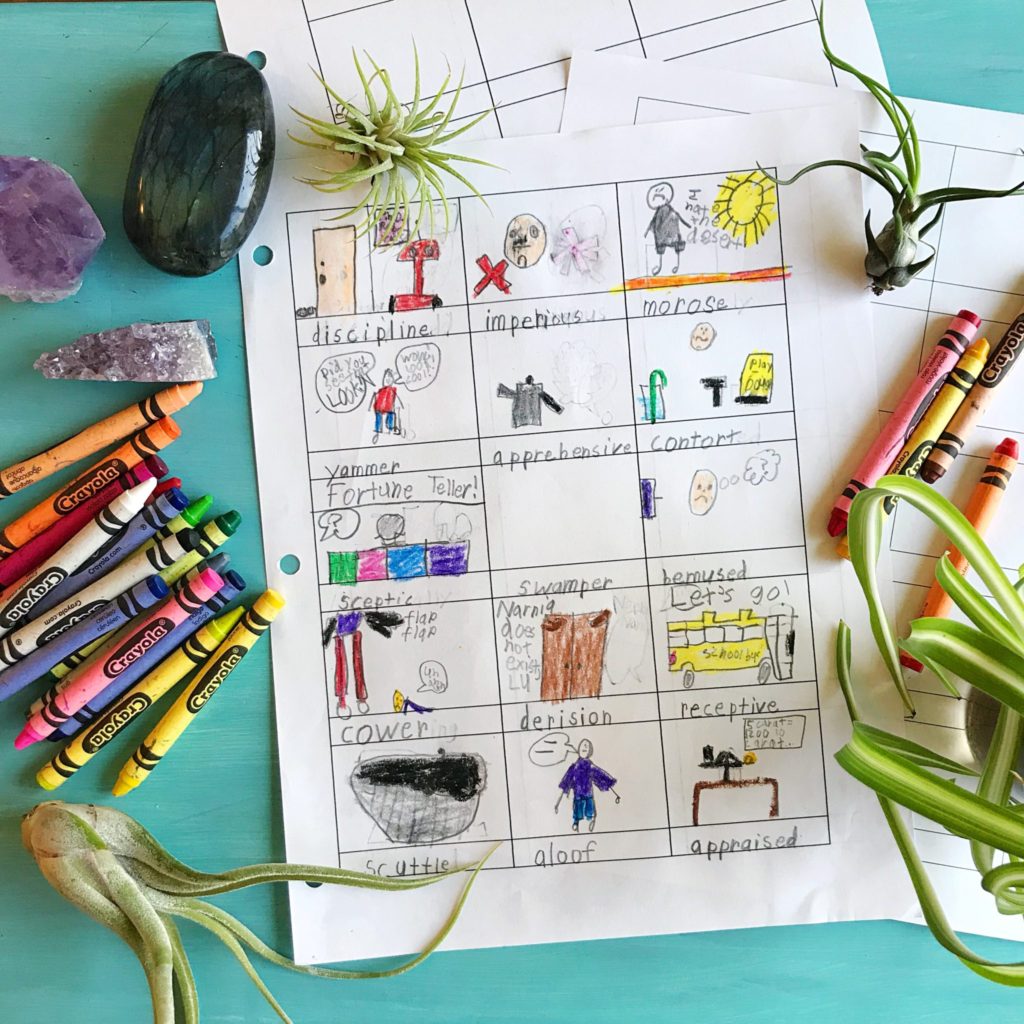
Step 5: Quiz them 2-3 days later
I go through their vocabulary page and put a check mark next to each word they can define. If they still know the word, I don’t do anything else. If they don’t remember, we employ a number of vocabulary games to help them learn it. At this point, they are also required to color in the words they don’t know. This gives them a little more time to reflect on the word and think about the picture they drew to represent the word.
Here are 5 of my favorite ways to review:
-YouTube videos. For the word ‘contort’ we watched YouTube videos about contortionists.
-I give them the definition and they act it out.
-We review 10 words they are struggling with then we take 20 minutes to each write a story using those words. They get a point for each one they use correctly in the story. We give out silly awards like “Best Longest Story” and “It Made Zero Sense but You Used All of the Words”.
-We go for a walk, pretend to be different characters, and try to see who can use the words the most in conversation.
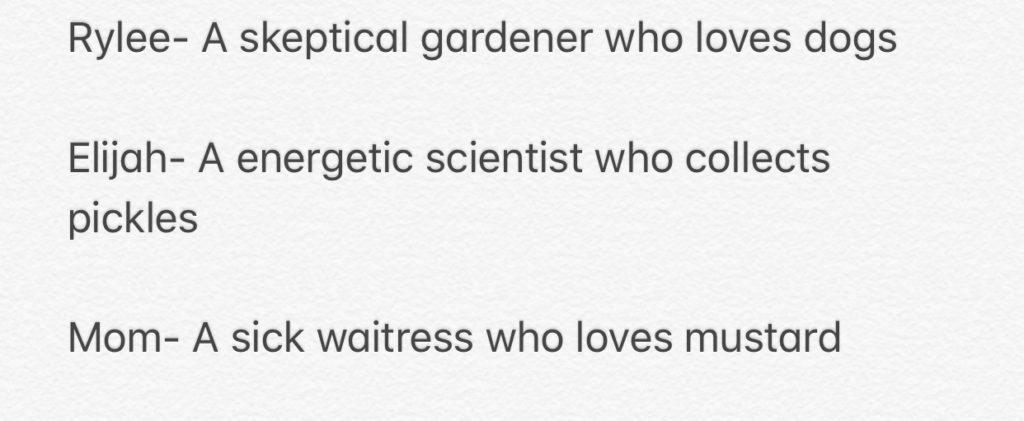
-Silly Run on Sentences- How many words can use the right way in one sentence? Not suggested for younger students who haven’t mastered the art of writing sentences correctly. Fun for older students who know they are breaking rules.
Step 6: Repeat
We add new words to the list throughout the year, go over them together, draw pictures, and quiz 2-3 days later. We play vocabulary words when they get stuck on words. We might go over some of the words 4-5 times while others never need to be reviewed.
New this Year:
My kids have spent a lot of time studying Latin/Greek roots by creating games using these cards. This year, we are adding a new aspect to our vocabulary dictionary. They will go through and see if they can find any roots in these words that might give them clues as to what they are looking at. For a long time, I wondered if our time spent on these root words was pointless. Will they need this? Will it ever helped them? Then I realized I was using the knowledge to win a quiz game I played on my phone. They enjoy the process so we are going to work it in and make sure they know how to utilize the knowledge they have.
Check out our Amazon Idea lists to see what else we are doing for homeschool. If you have a great review game we could add for vocabulary lessons, comment below and tell us about it.
